I have this board at hand:
It is a gate opener, so it is installed outdoors.
The board has a 433 Mhz receiver, whose antenna goes to a 2-pole terminal block.
Normally, a simple whip is used but, having the terminal block, one can also remove the whip and connect a different antenna using an RG58 shielded cable.
A friend of mine, having seen this board, says that the detachable terminal block will give a lot of problems because of the small signal at radio frequency it has to conduct.
I tried the board and, at the moment, it performs fairly well. Maybe after some time, being installed outdoors, the contacts can wear, or oxidize, so the radio signal gets weakened by the terminal block?
I know there can not be a definitive response. I've seen that those detachable terminal blocks have generally no problems, at least with signals ranging from +5V to +24V, but I never thought about weaker signals at radio frequency.
Has someone more experience than me about this potential problem?

